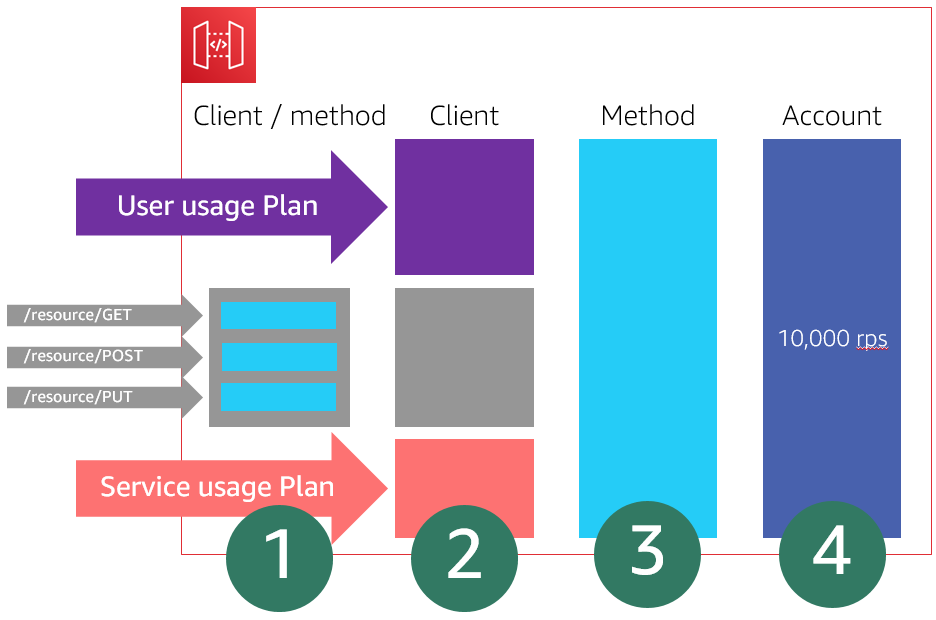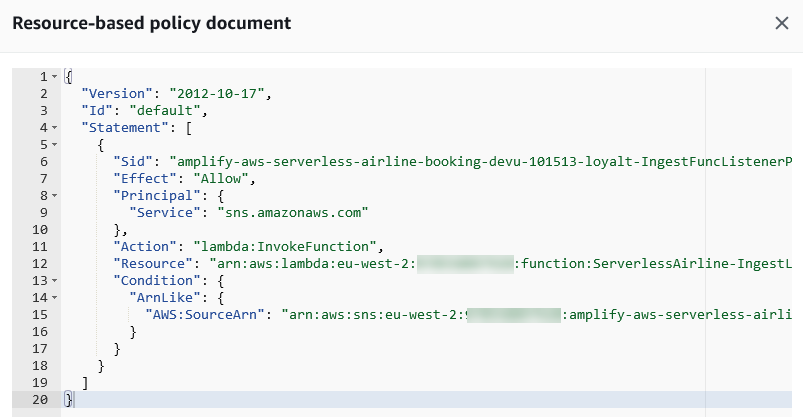AWS Compute Blog
Category: Front-End Web & Mobile
Building well-architected serverless applications: Optimizing application performance – part 3
February 12, 2024: Amazon Kinesis Data Firehose has been renamed to Amazon Data Firehose. Read the AWS What’s New post to learn more. September 8, 2021: Amazon Elasticsearch Service has been renamed to Amazon OpenSearch Service. See details. This series of blog posts uses the AWS Well-Architected Tool with the Serverless Lens to help customers build and operate applications […]
Building well-architected serverless applications: Building in resiliency – part 2
This series of blog posts uses the AWS Well-Architected Tool with the Serverless Lens to help customers build and operate applications using best practices. In each post, I address the serverless-specific questions identified by the Serverless Lens along with the recommended best practices. See the introduction post for a table of contents and explanation of the example application. Reliability question REL2: […]
Building well-architected serverless applications: Regulating inbound request rates – part 1
This series of blog posts uses the AWS Well-Architected Tool with the Serverless Lens to help customers build and operate applications using best practices. In each post, I address the serverless-specific questions identified by the Serverless Lens along with the recommended best practices. See the introduction post for a table of contents and explanation of the example application. Reliability question REL1: […]
Integrating Amazon API Gateway private endpoints with on-premises networks
This post was written by Ahmed ElHaw, Sr. Solutions Architect Using AWS Direct Connect or AWS Site-to-Site VPN, customers can establish a private virtual interface from their on-premises network directly to their Amazon Virtual Private Cloud (VPC). Hybrid networking enables customers to benefit from the scalability, elasticity, and ease of use of AWS services while […]
ICYMI: Serverless Q2 2021
A review of everything that happened in AWS Serverless in Q2 2021.
Building well-architected serverless applications: Managing application security boundaries – part 2
This series uses the AWS Well-Architected Tool with the Serverless Lens to help customers build and operate applications using best practices. In each post, I address the nine serverless-specific questions identified by the Serverless Lens along with the recommended best practices. See the introduction post for a table of contents and explanation of the example application. Security question SEC2: How do […]
Building well-architected serverless applications: Managing application security boundaries – part 1
This series of blog posts uses the AWS Well-Architected Tool with the Serverless Lens to help customers build and operate applications using best practices. In each post, I address the serverless-specific questions identified by the Serverless Lens along with the recommended best practices. See the introduction post for a table of contents and explanation of the example application. Security question SEC2: […]
Getting started with serverless for developers: Part 3 – The front door
This blog post is part 3 of Getting started with serverless for developers, helping developers to start building serverless applications from their IDE. In the previous post, I introduce AWS Lambda and show how functions are designed to run business logic for serverless applications. In this blog post, you see how to access that business […]
ICYMI: Serverless Q1 2021
All the feature launches, blogs, videos, tech talks and more happenings from the AWS Serverless service teams in Q1 2021.
ICYMI: Serverless pre:Invent 2020
During the last few weeks, the AWS serverless team has been releasing a wave of new features in the build-up to AWS re:Invent 2020. This post recaps some of the most important releases for serverless developers. re:Invent is virtual and free to all attendees in 2020 – register here. See the complete list of serverless […]









